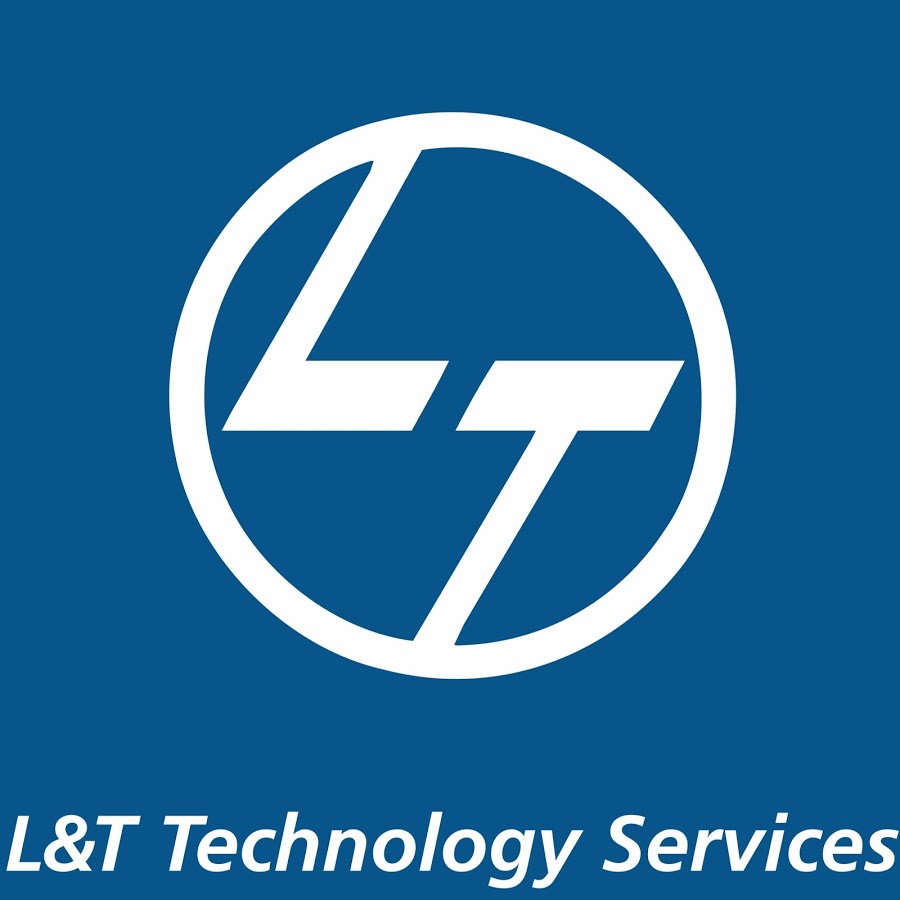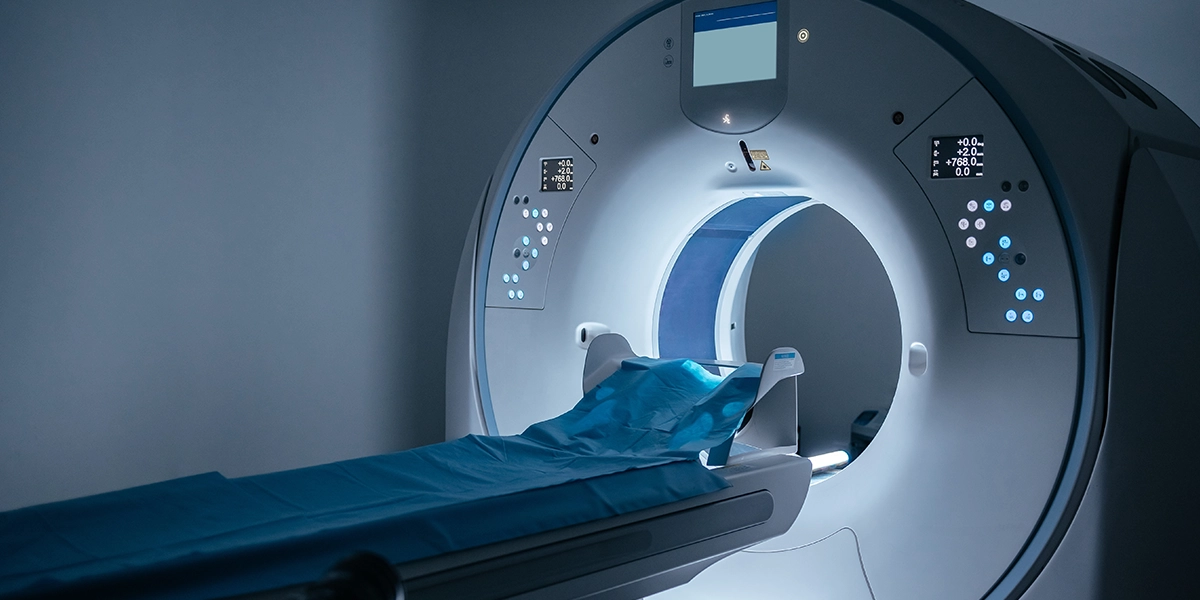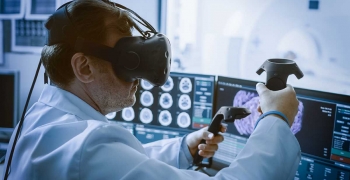Innovation is redefining the global medical device industry. Recent reports indicate that in 2023, the FDA’s published list of approved algorithms and devices list for MedTech AI alone registered a staggering 43% year-on-year increase.
However, while medical devices innovation accelerates, we need to ensure that these advanced devices continue to remain durable, compliant, and effective throughout their lifecycle, and beyond. The focus, therefore, is on emphasizing Purposeful contributions to overall wellbeing and care, while enabling the Agile development of compliant, resilient and user-friendly medical devices, and ensuring Innovation across the spectrum.
This is where sustenance engineering steps in. Not only does it help maintain the functionality of mature medical products but also enables companies to extend their lifespans strategically – ensuring both patient safety and market relevance.
What is Sustenance Engineering?
At its core, sustenance engineering involves supporting and improving products that are already on the market. For medical devices, this involves continued compliance with stringent regulatory frameworks, adaptation to evolving clinical needs, risk mitigation for component obsolescence, and enhancement of product performance.
Sustaining success, especially post-launch, therefore, requires a structured (and often proactive) approach toward managing product longevity and performance without compromising on safety or quality standards.
The Importance of Medical Devices Lifecycle Extension
Extending the lifecycle of medical devices, from a business standpoint, is a cost-effective alternative to investing in radically new R&D efforts and allows for medical devices companies to maximize their return on investment (ROI). The strategy also addresses potential obsolescence challenges by offering replacements for outdated components and ensuring continued functionality. Industry-wide experience further underscores that product life extension can, in fact, minimize disruptions caused by the need for complying with extensive regulatory requirements for new devices by enabling mature products to continue catering to market demands for longer periods.
For patients and healthcare providers, meanwhile, extending the life of medical devices guarantees uninterrupted access to reliable treatment solutions. Sustenance engineering safeguards both performance and safety, especially necessary for MedTech devices where lives often hang in balance.
Critical drivers further reinforce the need for lifecycle extension. Continuous regulatory updates, such as the implementation of the European Medical Devices Regulation (MDR), make it essential for manufacturers to modify older devices to meet new compliance standards, underscoring the importance of robust Quality Assurance and Regulatory Affairs (QARA).
Other challenges, such as procurement complexities and hospital consolidation that shifts buying power to centralized organizations can, further, compel organizations to maintain established devices for as long as possible.
Key Challenges in Sustenance Engineering
Medical device manufacturers often face significant hurdles as they attempt to maintain and extend their product lifecycles. A prominent issue in this is component obsolescence. Many devices rely on specific, sometimes outdated components that may no longer be available in adequate quantities. This impacts production schedules, delaying delivery times and potentially damaging a company’s reputation.
Medical devices companies also feel considerable pressure from constantly shifting regulatory landscapes. Standards set by entities such as the FDA demand that medical products not only meet initial requirements but also adapt to new rules over their operational lifetimes. Compliance-driven changes often include retrospective design modifications, such as software updates, which are resource-intensive and require precise execution.
Compounding these challenges is the difficulty of maintaining a balance between sustaining existing products and pursuing innovation. Vital R&D resources are often diverted to support mature products, a reality that for most organizations can stifle creativity and restrict focus on developing new solutions.
Managing the scenario, therefore, requires strategic thinking as MedTech companies strive to strengthen and expand their innovation journeys.
Effective Strategies for Product Lifecycle Extension
Successfully extending the lifecycle of medical devices calls for a multi-layered approach. Advanced component management strategies, for instance, can enable manufacturers to predict and address potential obsolescence issues. The adoption of modular design systems, in turn, minimizes the likelihood of entire device redesigning when it is only individual components that need replacement. This is in stark comparison to before, when entire devices would have to be scrapped because an individual component was obsolete.
Another effective method is leveraging modern technologies such as predictive analytics and AI. These tools can enhance real-time monitoring and performance evaluation, identifying wear-and-tear issues before they magnify. And, innovative packaging solutions, such as vacuum-sealing techniques, help improve storage life and maintain device functionality for longer durations.
Regulatory adaptability is another vital area of focus. Establishing internal compliance protocols ensures faster responses to changes in standards and requirements. For instance, retrospective updates to implantable software or hardware can mitigate the risks of penalties while ensuring continued market access.
And finally, robust post-market surveillance systems ensure that devices can be actively monitored for performance and safety. Analyzing real-world feedback highlights potential design flaws and areas of improvement, creating opportunities for further refinement and redevelopment.
Sustenance Engineering as a Catalyst for Transformation
Sustenance engineering does not merely sustain a product but transforms its utility – unlocking new value streams. Medical devices manufacturers, by focusing on lifecycle extension, can not only protect their investments but also align themselves with broader sustainability goals across the global MedTech ecosystem.
Looking ahead, the integration of emerging technologies such as generative AI and IoT-driven monitoring systems offers significant opportunities to realize the full potential of sustenance engineering. These tools can drive optimized operations and deliver superior patient outcomes, while balancing cost and compliance considerations.




